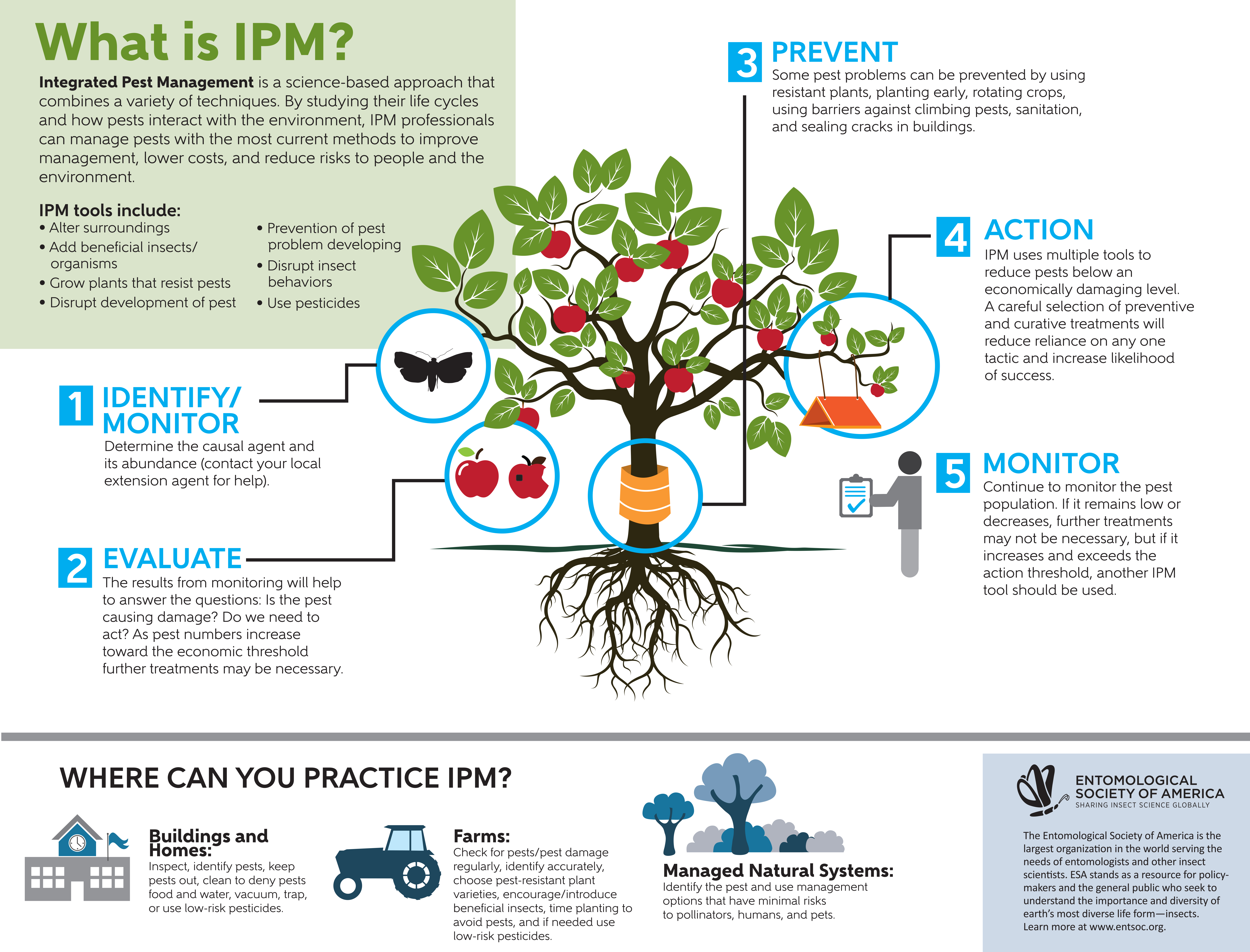Imagine your attic room as a relaxing Airbnb for rats, with insulation as fluffy as resort cushions and circuitry much more enticing than room solution. Now, visualize these unwanted guests throwing a wild event in your home while you're away. As a house owner, guaranteeing your attic room is rodent-proof is not just about peace of mind; it has to do with safeguarding your building and enjoyed ones. So, what simple steps can you take to protect your shelter from these hairy trespassers?
Inspect for Entry Details
To start rodent-proofing your attic, evaluate for entrance points. Beginning by carefully checking out the exterior of your home, searching for any type of openings that rodents could make use of to gain access to your attic. Check for gaps around utility lines, vents, and pipes, along with any kind of splits or holes in the foundation or siding. Make sure to pay very close attention to areas where different building materials satisfy, as these are common entry factors for rats.
Additionally, inspect the roofing for any type of harmed or missing out on roof shingles, in addition to any voids around the edges where rodents could squeeze via. Inside the attic, seek indications of existing rodent task such as droppings, ate cords, or nesting materials. Utilize a flashlight to extensively check dark corners and covert spaces.
Seal Cracks and Gaps
Inspect your attic extensively for any fractures and voids that need to be sealed to prevent rats from getting in. Rats can squeeze with also the tiniest openings, so it's important to seal any kind of possible entry points. Check around pipelines, vents, cable televisions, and where the wall surfaces fulfill the roof covering. Use a combination of steel wool and caulking to seal off these openings successfully. fungus gnat control is an exceptional deterrent as rodents can not chew via it. Make treating your yard for fleas that all spaces are tightly secured to deny accessibility to unwanted parasites.
Don't neglect the importance of sealing voids around windows and doors as well. Use weather removing or door sweeps to seal these areas efficiently. Inspect the areas where energy lines get in the attic room and seal them off making use of a suitable sealer. By taking the time to secure all fractures and spaces in your attic room, you create a barrier that rats will certainly find tough to violation. Prevention is type in rodent-proofing your attic room, so be detailed in your initiatives to seal any kind of potential entry points.
Get Rid Of Food Sources
Take proactive steps to remove or keep all possible food sources in your attic to hinder rodents from infesting the space. https://www.vvdailypress.com/story/news/2022/04/28/mountain-lions-sightings-reported-apple-valley-california-neighborhoods/9574913002/ are drawn in to food, so removing their food resources is crucial in maintaining them out of your attic room.
Below's what you can do:
1. ** Store food firmly **: Prevent leaving any food products in the attic room. Shop all food in airtight containers made of steel or heavy-duty plastic to prevent rats from accessing them.
2. ** Clean up debris **: Get rid of any kind of stacks of particles, such as old newspapers, cardboard boxes, or timber scraps, that rats might use as nesting product or food sources. Maintain the attic clutter-free to make it much less enticing to rodents.
3. ** Dispose of waste effectively **: If you use your attic for storage and have trash or waste up there, see to it to dispose of it regularly and correctly. Rotting garbage can draw in rats, so keep the attic room tidy and free of any kind of organic waste.
Final thought
In conclusion, remember that an ounce of avoidance is worth an extra pound of remedy when it concerns rodent-proofing your attic.
By taking the time to evaluate for entrance points, seal splits and spaces, and eliminate food sources, you can maintain unwanted parasites away.
Keep in mind, 'An ounce of prevention is worth an extra pound of treatment' - Benjamin Franklin.
Stay positive and safeguard your home from rodent infestations.
